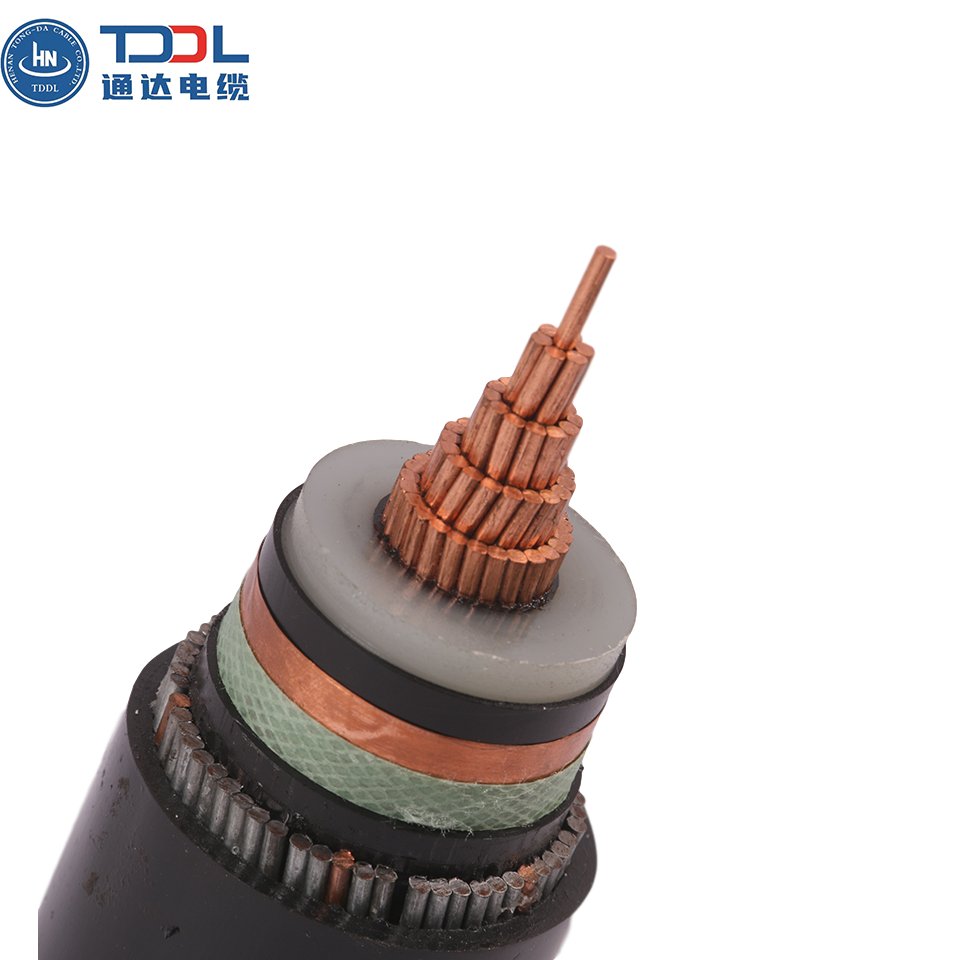Nov 14, 2025
Understanding Industrial Cables for Modern Infrastructure: Design, Materials, and Safety Innovations
Introduction: Why Cable Systems Matter in Modern Industry
Power cables don’t make much noise, but they keep half the modern world alive.Every mine, plant, and port crane depends on them to move power through machines day after day.
When one burns out, you don’t just lose a wire—you lose production, hours, and sometimes an entire shift.
People who’ve seen that happen know it’s not fun.
Different jobs need different setups. Reel cables for mining, tunneling, and jumbo drilling equipment feed energy to moving machinery underground.
Intelligent warning power cables now blink or send signals when something inside starts heating up.
Across town, overhead insulated cables hang from poles, feeding neighborhoods and industrial lines.
Below ground, copper, galvanized steel, or CCS grounding lines quietly steer stray current into the soil.
In Brazil, engineers follow ABNT NBR 11873 covered cable standard to wire up medium-voltage lines that can handle humid weather.
And for long transmission spans, ACSR conductors and XLPE insulation still lead the pack.
This guide pulls together the real-world details that keep cables working beyond the test bench.
- Reel Cables for Mining, Tunneling, and Mobile Power Systems
Those are reel cables, the lifelines that power mobile loaders, jumbo drills, and conveyor systems.
Each one has copper conductors, flexible XLPE or rubber insulation, a tension core to stop stretching, and an outer jacket made to resist oil, dust, and rock abrasion.
A good reel cable can survive tens of thousands of flex cycles.
They’re built to handle bending, twisting, and sometimes being dragged across uneven ground.
When insulation starts cracking near the reel, electricians know replacement is coming soon.
In tunneling projects, cable reels are often water-resistant and flame-retardant—vital in confined, damp environments.
If a line feeds a jumbo drill for 10 hours straight every day, it needs the kind of durability that only reel cables provide.
- Intelligent Warning Power Cables for Safer Operations
Modern plants and mines use intelligent warning cables with built-in sensors or conductive layers that change behavior under stress or heat.
Some have small LED markers that glow when insulation weakens.
Not fancy, just practical.
In underground or chemical sites, a burnt cable can cause more than downtime—it can start a fire.
These smart lines spot trouble early and send alerts before it becomes serious.
Maintenance teams like them because they cut unplanned shutdowns.
They’ve also become common in automated production lines where cables move constantly and wear is hard to track.
- Overhead Insulated Cable in Utility Networks
Usually rated under 46 kV, they’re aluminum conductors wrapped in XLPE or HDPE that shrug off heat, rain, and pollution.
Utilities prefer Aerial Bundled Cable (ABC) because it doesn’t short when branches touch it.
In one rural project, replacing bare lines with ABC reduced outages by nearly 40 %.
Simple insulation makes a big difference.
They’re also easy to install in tight rights-of-way.
No need to rebuild the poles—just clamp and go.
These cables may look plain, but they’re the quiet reason why power stays on during storms.
- Grounding Materials and Conductors: Galvanized, Copper, and CCS
Copper works best but costs more.
Galvanized steel is cheaper but rusts fast in humid or salty soil—inspectors near the coast see that every year.
Copper-clad steel (CCS) is the compromise—steel strength, copper surface.
It’s tough enough for towers and substations while staying conductive enough for safe fault discharge.
If the soil’s aggressive, CCS often lasts longer than pure galvanized wire.
Pure copper, buried properly, can run for decades without issues.
- Covered Cable per ABNT NBR 11873 Standard (Brazil Focus)
The structure includes an aluminum core, semiconductive layer, XLPE insulation, and a UV-resistant jacket.
Installers use polymeric clamps and careful tensioning—metal hooks are a no-go.
Infrared inspections every few months help spot hot joints before storm season.
That’s how lines stay stable even with rain, heat, and high humidity year-round.
6. ACSR Conductors: Sizing and Ampacity Essentials
The classic ACSR—aluminum conductor steel reinforced—is still the workhorse for long transmission spans.Light, strong, and easy to string.
A typical 240/40 ACSR (240 mm² aluminum + 40 mm² steel) carries roughly 500–600 A at 25 °C with moderate wind.
In desert regions, engineers derate it to 400 A to control sag and heat buildup.
Real-world data often trumps textbook charts—many teams keep their own “ampacity notebook” from years of installations.
Experience counts more than theory.
- XLPE Insulation: Extending Cable Lifespan
It handles heat and chemicals better than PVC and doesn’t turn brittle with time.
Rated for 90 °C continuous operation and 250 °C short bursts, it’s stable even in harsh conditions.
Field data show 25–30 % higher current capacity compared with PVC cables of the same size.
Lighter, cleaner, longer-lasting—that’s why almost every new industrial line now specifies XLPE.
And outdoors, where UV and oil are constant enemies, XLPE stays tough for decades.
8. Installation and Maintenance Best Practices
Even top-grade cable fails early if installed carelessly.Stick to the manufacturer’s bending radius—usually 10–15 × diameter.
Guessing pulling tension is risky; around 2.5 kN is typical for a 3×95 mm² XLPE cable.
Always seal terminations against moisture using heat-shrink boots or cold gels.
And for overhead insulated cables, leave clearance for trees even after thermal expansion.
Infrared scans catch hot joints before they cause downtime.
A small warm spot today might be tomorrow’s outage.
That’s why seasoned electricians keep a thermal camera in their truck—it saves them more than once a year.
Conclusion
Power cables may look simple, but choosing the right type from TDDL decides whether a site runs smoothly or not.Every layer—conductor, shield, insulation—serves a purpose.
From reel cables in tunnels and mining sites to XLPE-insulated systems in factories, each design fits a different world.
In power distribution, prevention is always cheaper than repair.


.png)
.png)

